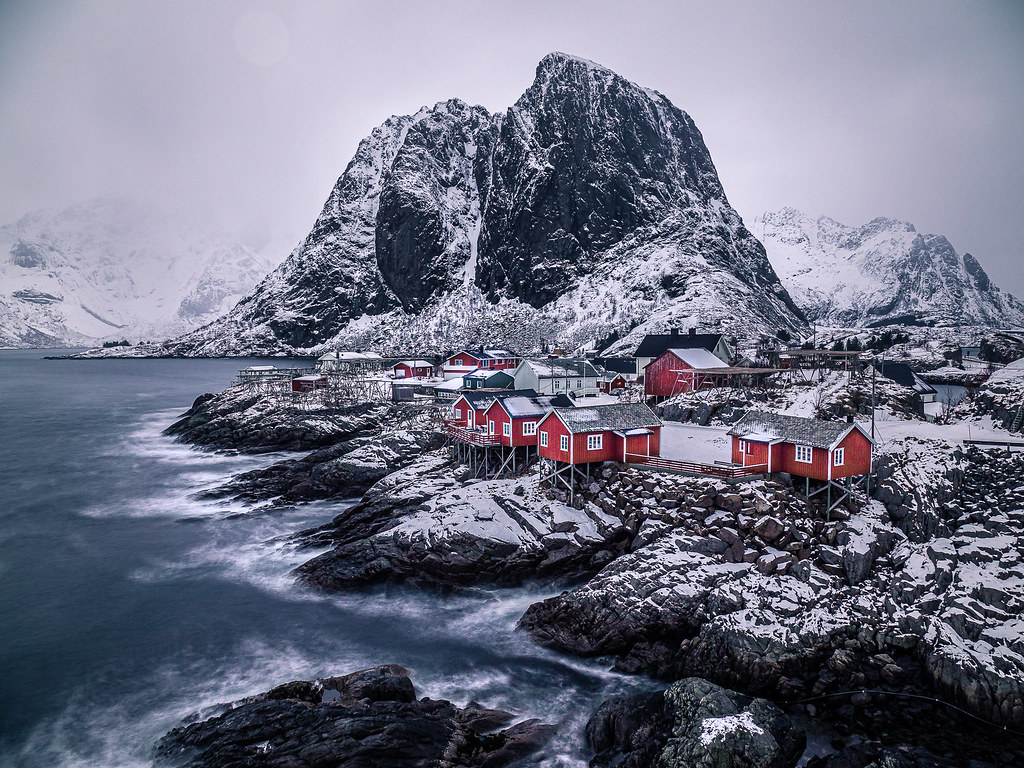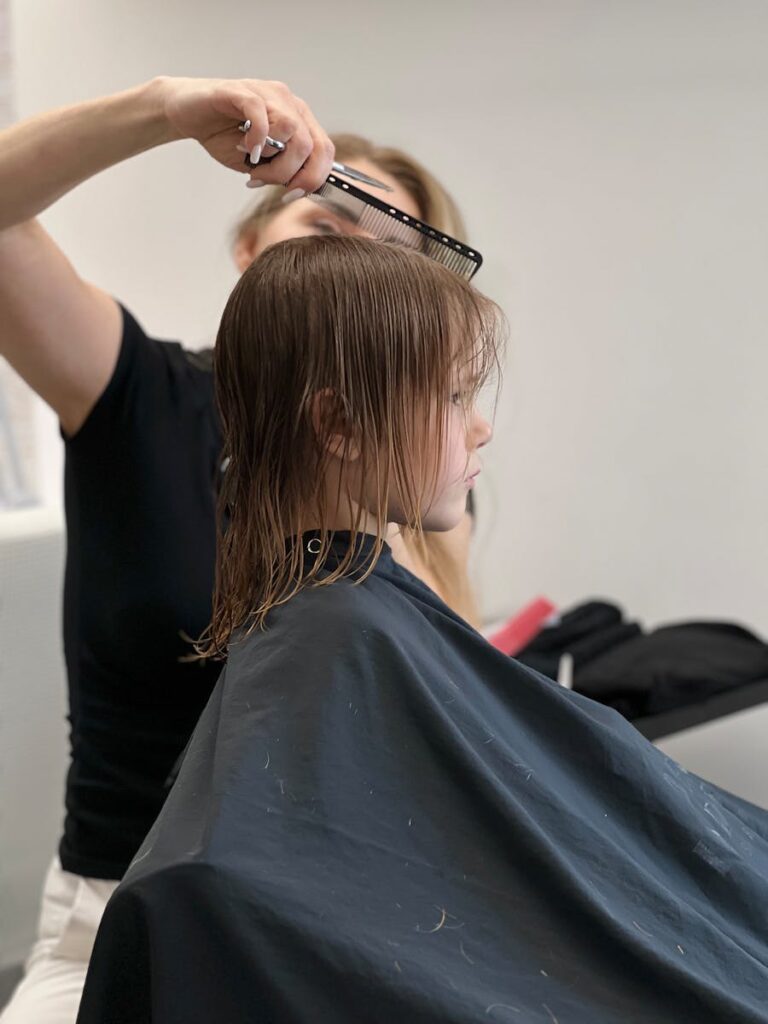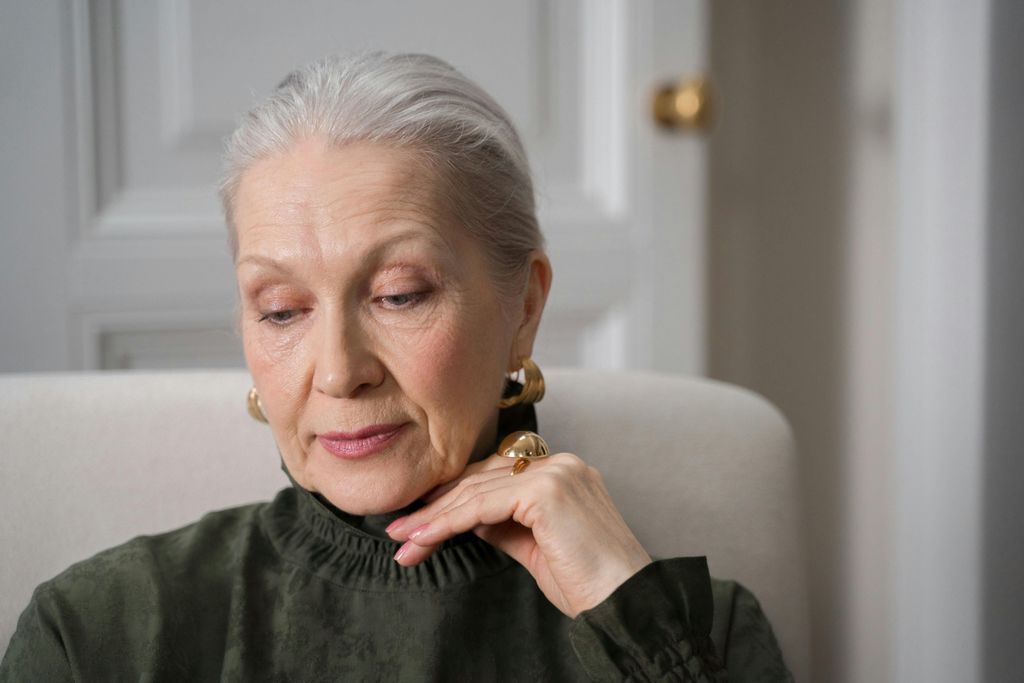Photography, an art form as dynamic and vibrant as the world it captures, is no stranger to trends that come and go, ebbing and flowing with the tide of popular culture and technological advancements. Yet, within this ever-changing landscape, there are those trends that leave us scratching our heads in wonder, pondering how they ever caught on. Today, we embark on a journey through the archives of photographic history, shining a light on those fads we hope never make a comeback.
First, let’s dive into the murky waters of HDR, or High Dynamic Range photography. This trend, which saw its peak some 10-15 years ago, promised to bring out the vibrant colors and contrasts often lost in standard photography. However, more often than not, it resulted in images that were oversaturated and overly contrasted, filled with unnatural halos around objects. The allure of making a dull scene pop with exaggerated vibrancy led many down the path of creating images that now feel like a visual assault. One must wonder, what were we thinking?
Then there’s the curious case of spot color. A technique that, in theory, could highlight the beauty of a singular element within a photograph by rendering the rest of the image in monochrome. Yet, in practice, it became a cliché, often applied with a heavy hand to red busses and telephone boxes, rendering images that were more kitsch than artistic. The allure of making a single color pop amidst a sea of grayscale now feels like a simplistic trick rather than a genuine artistic choice.
Soft focus, white vignettes, and the Vaseline lens effect bring us back to an era where photographic anomalies were mistaken for artistic flair. These effects, often found in outdated wedding photography or portraits from decades past, aimed to imbue images with a dreamy, romantic quality. Instead, they often left photographs looking blurry, overly bright, or artificially aged. The desire for a soft glow resulted in images that lacked clarity and depth, leaving us to question the appeal of such distortions.
As we peer into the crystal ball of current trends, we find ourselves at a crossroads. The orange and teal color grading, with its cinematic allure, and the trend of crushing blacks for deeper shadows, are both styles that enjoy popularity today. Yet, one can’t help but wonder, will these too join the ranks of photographic pariahs in years to come? The cyclical nature of trends suggests that what is fashionable today might be the source of mockery tomorrow.

Photography, at its core, is about capturing moments, emotions, and the essence of our world. While trends will inevitably come and go, it’s the timeless qualities of composition, lighting, and genuine expression that endure. As we navigate the ever-evolving landscape of photography, it’s worth remembering that the most powerful images are those that transcend the trends of their time. They capture something real, something raw, and something undeniably human.
As we retrospectively cringe at past photography fads, let’s also embrace the possibility of growth and innovation. Let’s learn from the missteps of the past while keeping our lenses open to the future, ever ready to capture the world in all its complexity, without the need for gimmicks or fads. The beauty of photography lies in its ability to preserve a moment in time, a task that requires no embellishment, only the keen eye of the photographer and the world in all its natural glory.
Related posts:
Top 10 Photography Video Trends for 2024
What Are the Worst Photography Fads of the Past and the Present?
Worthy Photography Trends



